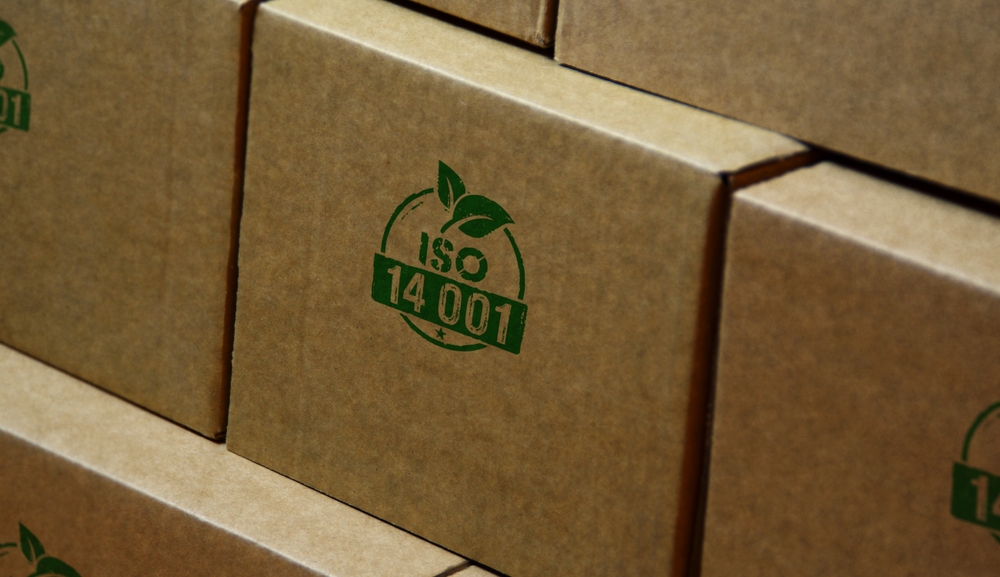Tier II Reporting (formally known as the Emergency and Hazardous Chemical Inventory Report) is one of the most widely applicable environmental compliance requirements in the United States. Each year, thousands of facilities across manufacturing, construction, research, warehousing, and other industries must disclose the hazardous chemicals they store or use on-site. While it may seem like just another regulatory requirement, Tier II plays a critical role in community safety, emergency preparedness, and organizational compliance.
What Is Tier II Reporting?
Tier II is part of the Emergency Planning and Community Right-to-Know Act (EPCRA), a federal regulation designed to ensure communities have access to information about the chemicals stored in their area.
Under EPCRA Sections 311 and 312, facilities that store hazardous chemicals at or above specific thresholds must submit an annual inventory report to:
- The State Emergency Response Commission (SERC)
- Local Emergency Planning Committees (LEPCs)
- The local fire department
The report includes detailed information such as chemical names, storage quantities, hazards, locations, and Safety Data Sheets (SDSs). This data helps emergency responders understand what risks may exist at a facility before they arrive on-scene.
Which Chemicals Trigger Tier II?
In general, Tier II applies when a facility stores:
- 10,000 pounds or more of any OSHA-defined hazardous chemical
- Threshold Planning Quantities (TPQs) for Extremely Hazardous Substances (EHSs), which are often much lower
There are also exemptions and special considerations for mixtures, fuels, consumer products, and certain retail or agricultural operations, making careful interpretation essential.
Why Tier II Reporting Is Important
Emergency Preparedness
Firefighters, hazmat teams, and emergency planners rely on Tier II data to:
- Evaluate chemical hazards
- Plan response strategies
- Protect employees, the community, and the environment
Accurate reporting can directly impact the effectiveness and safety of emergency response operations.
Community Right-to-Know
EPCRA was designed to increase transparency and provide communities with the information needed to understand chemical risks in their area. Tier II supports trust, communication, and informed decision-making within local jurisdictions.
Regulatory Compliance
Failure to report can lead to serious consequences, including:
- State and federal fines
- Inspections or enforcement actions
- Permit complications
- Reputational damage
Because requirements vary by state — including different submission portals, fee structures, and formats — staying informed is essential to avoiding non-compliance.
Internal Safety & Risk Management
Tier II reporting often helps facilities:
- Maintain more accurate chemical inventories
- Identify outdated SDSs
- Improve storage and labeling practices
- Uncover inconsistencies in purchasing or chemical management
Many organizations use the reporting cycle as an annual “audit” of their chemical handling program.
Who Is Responsible for Tier II?
Typically, Tier II responsibilities fall to:
- Environmental, Health & Safety (EHS) personnel
- Facility or plant managers
- Operations supervisors
- Compliance teams
However, anyone involved in chemical purchasing, storage, or emergency planning can play a key role.
Key Steps for Successful Tier II Compliance
- Maintain an up-to-date chemical inventory year-round
- Gather SDSs for all hazardous chemicals and mixtures
- Review thresholds carefully, including EHS TPQs
- Confirm state-specific requirements (submission portals, fees, deadlines)
- Submit the completed report by March 1 each year
- Retain documentation in case of audits or inspections
Bottom Line
Tier II reporting is more than an annual compliance requirement, it is a critical tool for protecting workers, responding effectively to emergencies, and ensuring public transparency. Facilities that understand their chemical inventories, stay proactive, and maintain organized documentation not only meet regulatory obligations but also strengthen their overall safety and environmental programs.



